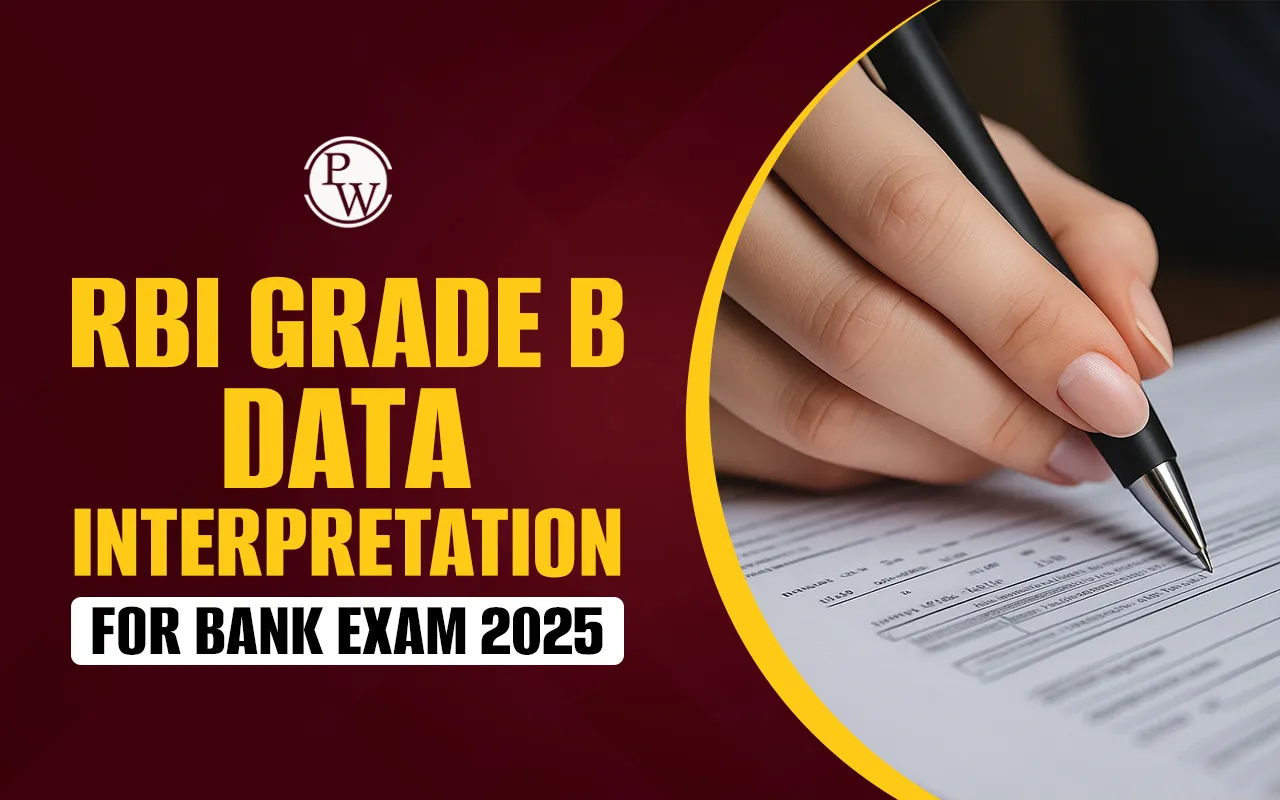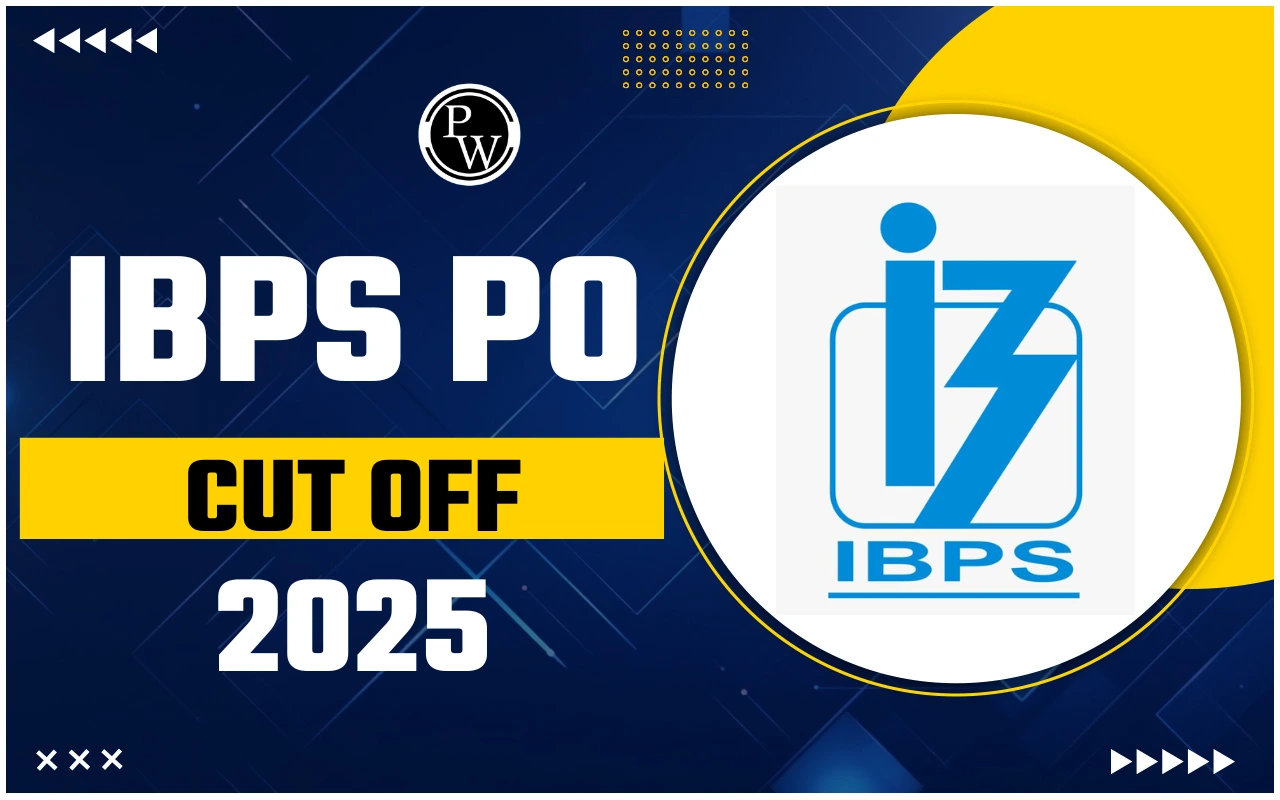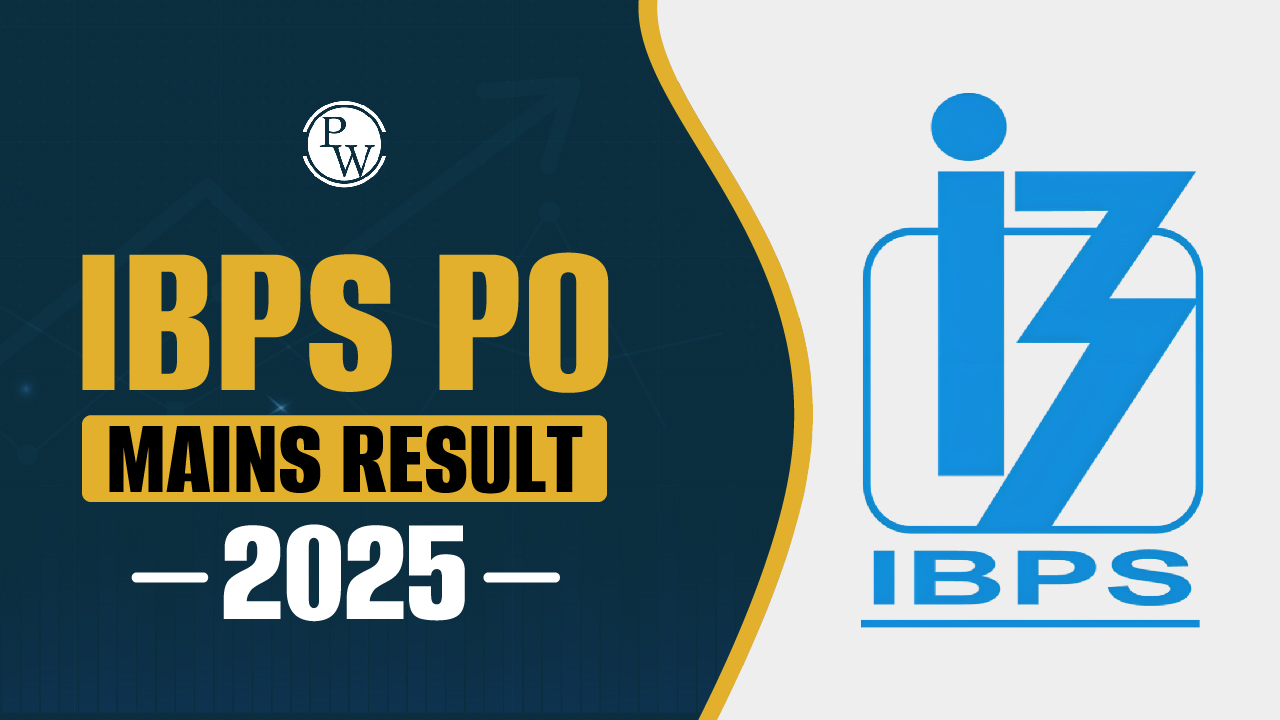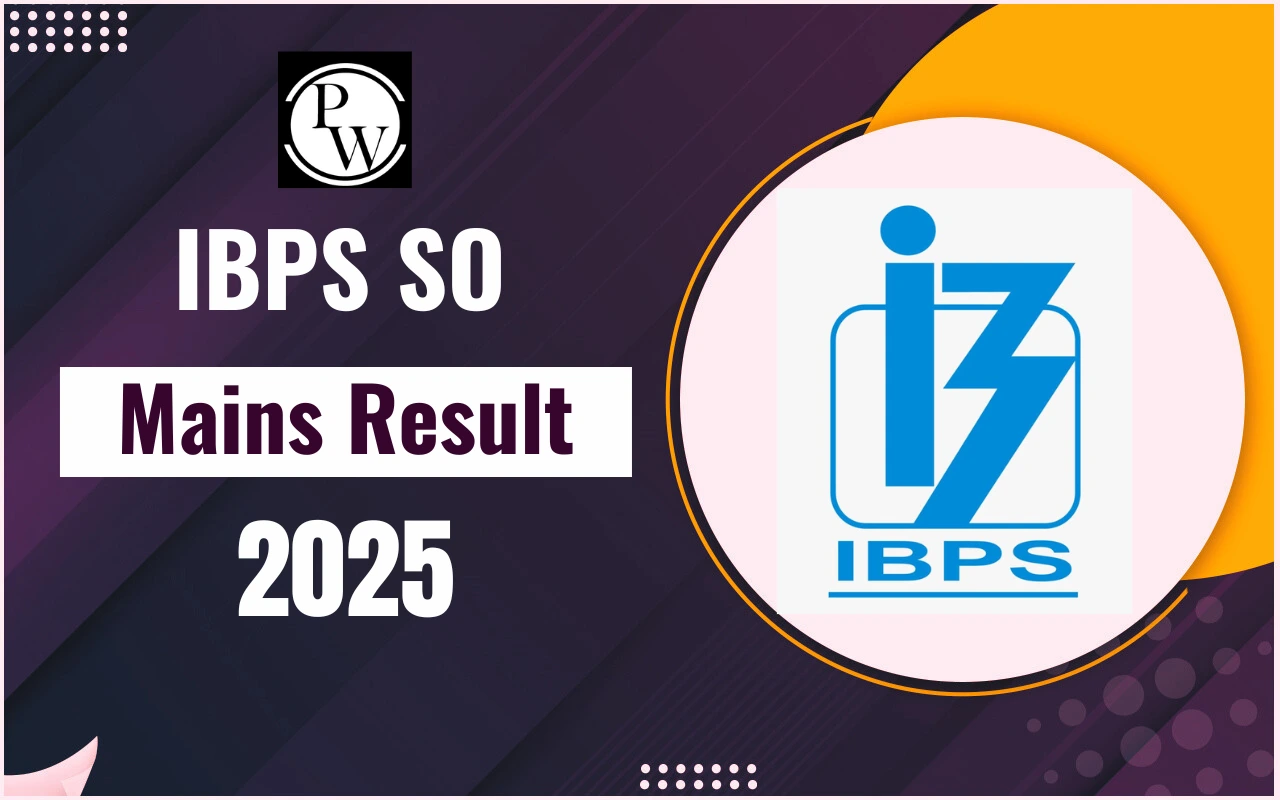
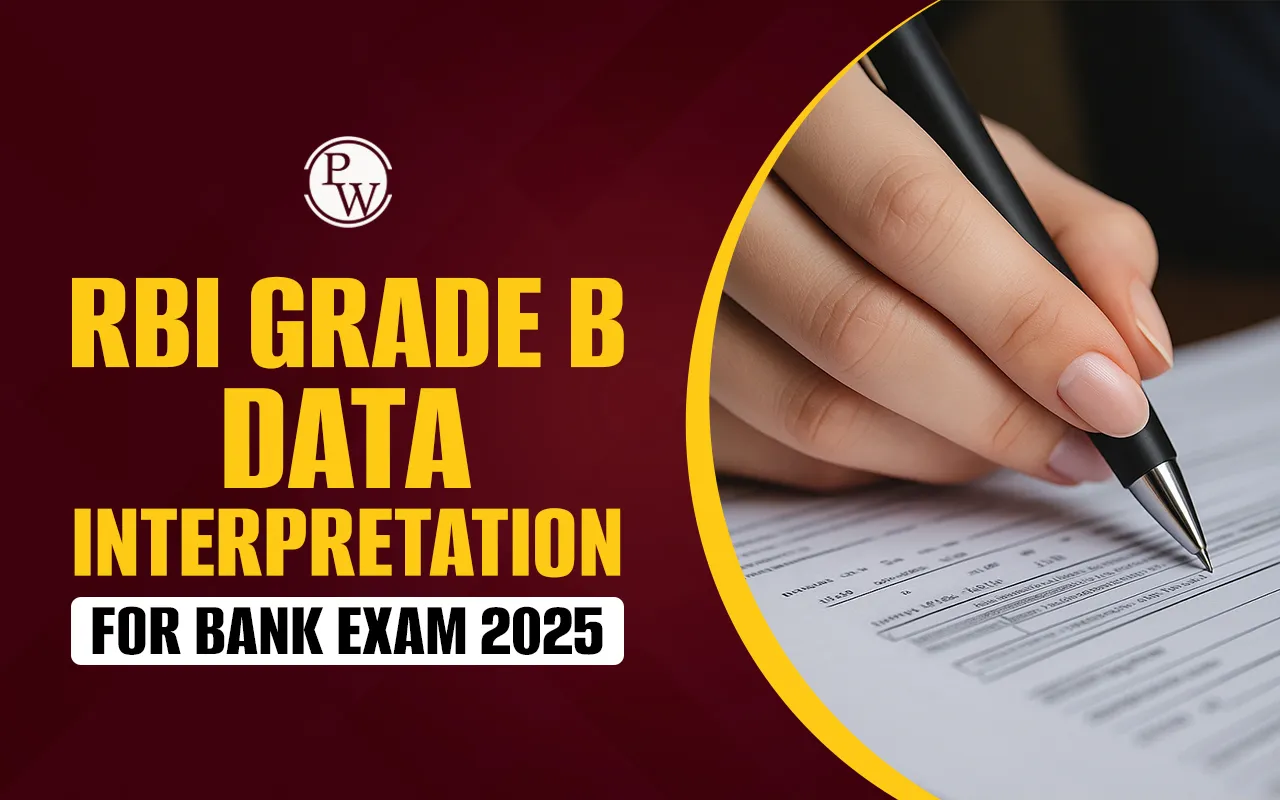
RBI Grade B Data Interpretation for Bank Exam 2025: The RBI Grade B Data Interpretation (DI) section is a main component of the Phase 1 Quantitative Aptitude paper for the RBI Grade B 2025 exam. It tests candidates’ ability to analyze charts, tables, caselets, and graphs to interpret data quickly and accurately.
Questions in the examination are usually based on topics like bar graphs, pie charts, line charts, tabular data, and data comparison sets. This Data interpretation section requires strong calculation speed, logical reasoning, and approximation skills.
With increasing difficulty in recent years, mastering DI through regular mock practice and shortcut techniques is important to clear the overall cut-off in the Quant section of the Grade B exam.
RBI Grade B Data Interpretation for Bank Exam 2025 With Solutions
Strengthen your Quant section with RBI Grade B DI questions with solutions made to match the latest exam pattern. Data Interpretation for the RBI Grade B exam requires speed, accuracy, and logical thinking. Candidates with all these qualities can clear the exam and this section’s overall cutoff.
Check the video below and practice regularly to improve your calculation skills and question-solving ability. These RBI Grade B DI questions with solutions will help you analyze trends, interpret charts, and score well in the upcoming 2025 bank exam.
RBI Grade B Data Interpretation for Bank Exam 2025 With Solutions
RBI Grade B Data Analysis and Charts
In the RBI Grade B exam, Data Analysis and Interpretation questions - especially those involving charts, tables, and graphs are among the most commonly asked in the Grade B exam. These types of questions test a candidate’s ability to analyze numerical data, identify trends, and draw logical conclusions quickly.
Topics like bar graphs, pie charts, line graphs, and data tables frequently appear in the Quantitative Aptitude section, making them essential for scoring well. Regular practice with DI's previous year questions significantly improves speed and accuracy in this area.
RBI Grade B DI Previous Year Questions
Solving RBI Grade B Data Interpretation (DI) previous year questions is one of the best ways to understand the types of data sets, difficulty level, and question trends asked in the exam. These questions generally involve bar graphs, pie charts, line graphs, caselets, and data tables, testing analytical and calculation skills.
By regularly practicing previous year DI sets, candidates can improve speed, accuracy, and logical reasoning, while also becoming familiar with the time management and pattern followed in the actual Grade B exam 2025.
Benefits of Practicing RBI Grade B Data Interpretation for Bank Exam 2025
Practicing RBI Grade B Data Interpretation regularly provides multiple advantages for aspirants preparing for Bank Exam 2025. It increases calculation speed, data analysis, and time management while improving accuracy and confidence in solving complex charts and tables. Explore the key benefits of mastering Data Interpretation effectively below.
-
Improves Calculation Speed: Regular practice helps increase your ability to perform quick and accurate calculations. Candidates need to work on their calculation skills on a daily basis to perform well in the exam.
-
Enhances Data Analysis Skills: Strengthens your ability to interpret data from complex charts and tables. Practice different types of questions to understand better.
-
Builds Accuracy and Precision: Reduces mistakes during high-pressure situations in the Grade B exam. Also, if you find it difficult to solve some type of questions, ask for help your your teachers or peer group, but do not leave your doubts.
-
Boosts Time Management: Teaches you to identify easy DI questions first and allocate time smartly.
-
Familiarity with DI Question Patterns: Helps understand recurring DI question types and exam trends.
-
Strengthens Logical Thinking: Develops students' problem-solving and reasoning skills required for decision-making type questions. Also, keep in mind that these questions can be solved only by having strong logical thinking skills.
-
Increases Confidence: Consistent practice improves confidence to handle lengthy DI sets efficiently in the RBI Grade B Exam.
-
Improves Overall Quant Score: A strong DI section can significantly raise your overall RBI Grade B Quant score.
RBI Grade B Data Interpretation for Bank Exam 2025 FAQs
What is Data Interpretation in the RBI Grade B Exam 2025?
How many DI questions are asked in the RBI Grade B Exam 2025?
Which types of DI questions are common in the RBI Grade B Exam?
Is DI difficult in the RBI Grade B exam 2025?

